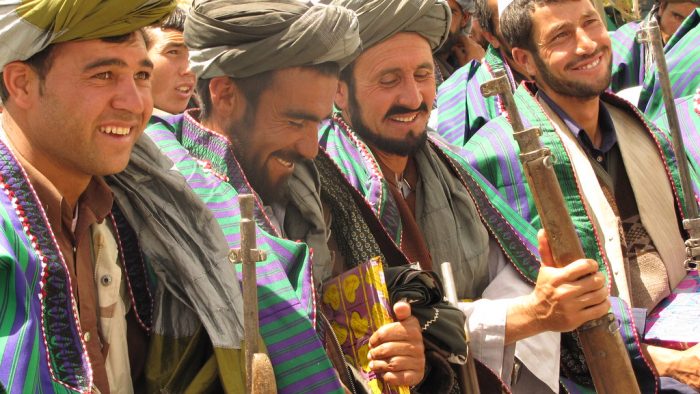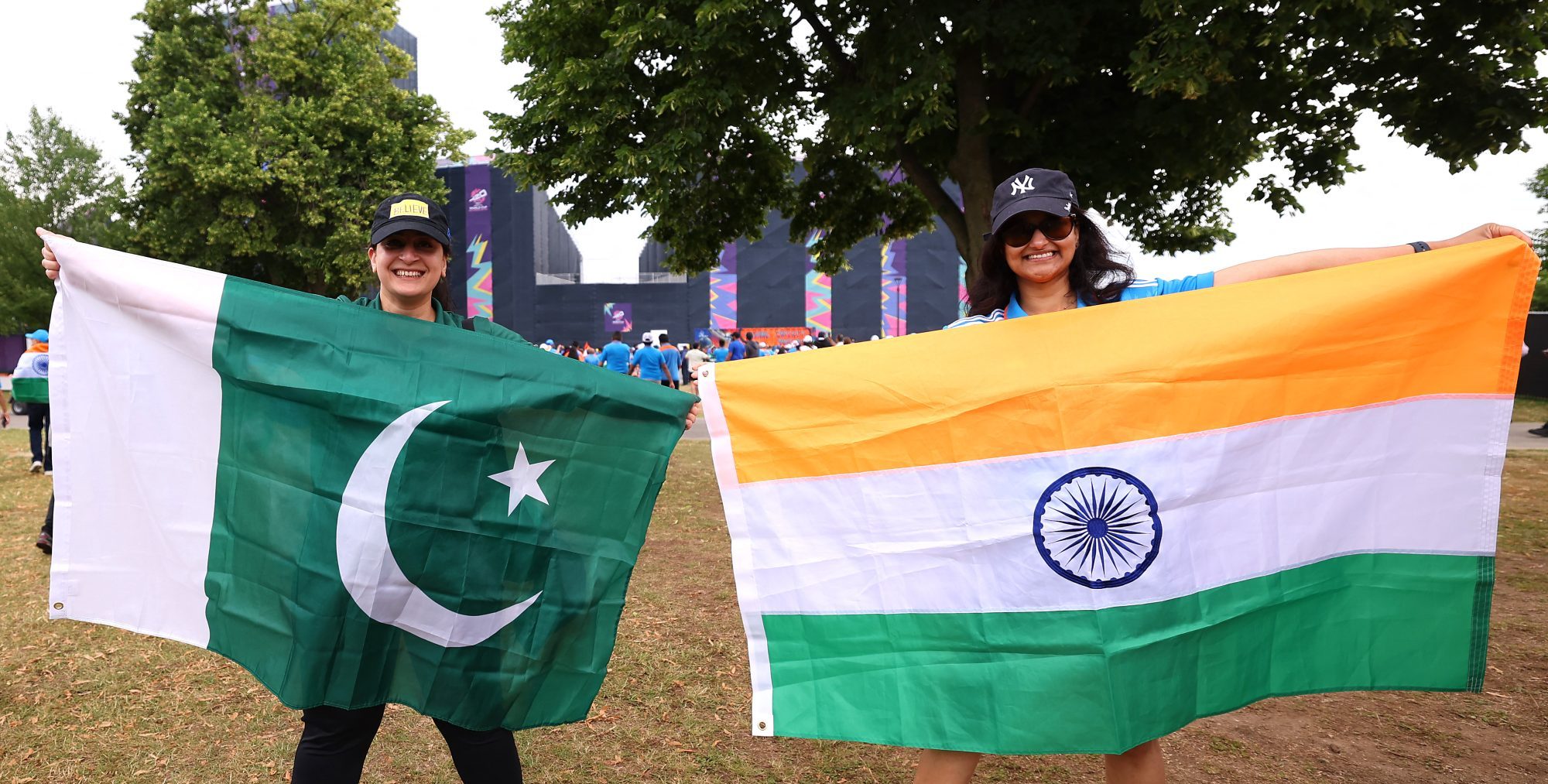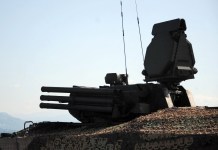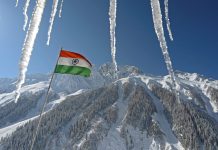After more than two years of captivity, the last remaining 20 Israeli hostages walked free on October 13, bringing to an end the horrendous war in the Middle East, which left more than 65,000 people dead, mainly on the Gaza side.
For how long the tenuous peace will hold is anybody’s guess, but the ceasefire agreement signed by both Hamas and Israel, unthinkable at the beginning of this month, shows that even vexing problems can be solved when both sides are pragmatic and realistic at the same time.
Israel agreed to a phased withdrawal from Gaza, relenting on its position of complete control over the Gaza Strip. Similarly, Hamas agreed to a phased disarmament.
However, more importantly, the ceasefire agreement has no mention of the pre-1967 borders. One of the key roadblocks to peace so far has been the insistence by Hamas, Hezbollah, Iran, Houthis, and by pretty much every party in the Muslim world for Israel to withdraw to its pre-1967 borders.
For Israel, any demand to withdraw to pre-1967 borders was a non-starter.
Finally, there was a realization in the Muslim world that too much water has flown from under the bridge, and a position that keeps hankering back to the 1967 borderline has become the biggest impediment to peace in Gaza.
Sometimes, recognizing the changed realities on the ground is the first condition for establishing peace.
However, now that the Gaza ceasefire is done, another vexing problem that has remained unresolved for the last seven decades is the Kashmir dispute.
In fact, not many people realize that both the Gaza dispute (Palestine issue more broadly) and the Kashmir problem were created at the same time.
India and Pakistan were partitioned in 1947, with Islamabad launching an attack on Kashmir almost immediately after its creation. The Pakistan invasion and the brutality and mass rapes that followed forced the Maharaja (King) of Kashmir to sign the Instrument of Accession with India.
A UN-brokered ceasefire followed in 1948, giving birth to the volatile Line of Control (LoC), the de facto border between India and Pakistan in Kashmir. Since then, India and Pakistan have fought multiple wars, three of them (1965, 1971, and 1999), while the region has seen unrelenting Pakistan-sponsored terrorism at least since the 1990s.
The same year, the UN brokered a ceasefire in Kashmir, and the state of Israel came into existence.
Thus, both the Gaza and Kashmir disputes have their genesis in 1948, in the waning British Empire following the Second World War, and in the newly created United Nations.
Meanwhile, the pragmatism and realism that are required to solve a decades-old issue like Kashmir have just been shown by India and an unlikely candidate, the Taliban.
India And The Taliban: Leaving The Past Behind
The Past is Immutable, But the Future Isn’t.
Every moment spent chained to history is one not invested in the now. Philosophers like Eckhart Tolle (in “The Power of Now”) argue that an undue focus on the past brings inaction.
In a fast-changing world, one can not allow oneself to be a ‘Prisoner of the Past.’ Nation-states can not allow historical events, traumas, and regrets to dictate their policy in the present.
The recent overtures of India to the Taliban, an ideological force it historically opposed, are a classic lesson in realpolitik.
India can make a never-ending list of historical complaints against Afghanistan, starting from Mahmud of Ghazni in the 11th century, to Ahmad Shah Abdali in the 18th century.
Yet, after 1947, the relations between India and Afghanistan started on a positive note.
However, things went downhill from the 1980s with the Soviet invasion. Since then, New Delhi has almost made it a habit to invest in the losing side in Afghanistan.
India maintained a notably friendly and supportive relationship with Mohammad Najibullah, the Soviet-backed President of Afghanistan from 1987 to 1992.
As the only South Asian country to formally recognize the Democratic Republic of Afghanistan (the communist regime installed after the 1978 Saur Revolution and backed by the Soviet invasion in 1979), India viewed Najibullah’s government as a strategic counterbalance to Pakistan’s influence in the region.
India provided consistent humanitarian and economic assistance to Najibullah’s regime, even after the Soviet withdrawal in 1989, when most Western and regional powers had isolated it.
By 1996, the Taliban militants, armed, financed, and supported by the US, Pakistan, and Saudi Arabia, had captured Kabul and executed Najibullah publicly.

India then supported the Northern Alliance, a loose military-political coalition of anti-Taliban forces in Afghanistan, which was led by the charismatic Ahmed Shah Masoud, also known as the “Lion of Panjshir.”
It was during this period (1999) that the Kandhar plane hijack happened, when the Taliban hosted Pakistan-based terrorists and the hijacked Indian Airlines plane in Kandhar.
On September 9, 2001—two days before 9/11- Masoud was killed by al-Qaeda in a suicide bombing.
After the September 11 terror attacks, the US launched its ‘War on Terror’ and the Taliban was dislodged from power in Kabul.
India then supported the Democratic government in Afghanistan, led by Hamid Karzai. India invested over USD 3 billion in Afghanistan for development work between 2014 and 2021.
But once again, India picked the losing side as the Taliban returned to Kabul in August 2021.
Given this background of animosity, it is nothing short of revolutionary that both India and the Taliban are ‘burying the hatchet’ and making a new beginning.
New Delhi has decided to open its embassy in Kabul, widely seen as the first step before India officially recognizes the Taliban regime in Afghanistan.
However, most importantly, the Taliban have officially – if implicitly – recognised Kashmir as a part of India.
“External Affairs Minister expressed his deep appreciation to Afghanistan for its strong condemnation of the terrorist attack in Pahalgam, Jammu and Kashmir, India, on 22 April 2025, as well as for the sincere condolences and solidarity expressed with the people and Government of India.”
“Both sides unequivocally condemned all acts of terrorism emanating from regional countries. They underscored the importance of promoting peace, stability, and mutual trust in the region,” the joint statement read.
The statement implicitly acknowledges that Jammu and Kashmir is part of India. The phrase “acts of terrorism emanating from regional countries” is an apparent reference to Pakistan.
Furthermore, the statement added: “The Afghan Foreign Minister reiterated the commitment that the Afghan government will not allow any group or individual to use the territory of Afghanistan against India.”
The joint statement shows how India and the Taliban, historically at odds, are leaving the past behind and making a new beginning. Further, it shows that even a force ideologically rooted in hardline Islam can accept the ground reality in Kashmir.

All Sides Must See The Ground Realities In Kashmir
Just like Palestine, too much water has flown under the bridge in the Jhelum River. Just like a pre-1967 border in Israel is a non-starter, all sides need to acknowledge that the pre-1948 border in Kashmir is very difficult to achieve, especially when we have two nuclear-armed nations pitted against each other.
Accepting the current LoC as the International Border (even for a period of 10 years as a stopgap solution) is one realistic solution if India and Pakistan are serious about achieving long-lasting peace.
At one point, Kashmiri Sunni muslims did see Pakistan as their ideological land, but with Pakistan’s economic condition in tatters and global reputation in doldrums, people in J&K have realized that Pakistan cannot be their future. I say this not only as a Kashmiri but also after talking to dozens of people on the ground.
Meanwhile, thousands of Kashmiri Pandits, who were made to flee in the early 1990s, a genocide and ethnic cleansing the liberals have conveniently forgotten, must acknowledge that what happened then was a dark chapter in Kashmir’s mostly peaceful history. Reconciliation is the way forward, and the Indian government must aggressively support their rehabilitation with dignity and honor.
The fundamentalist factions in Kashmir, who had been doing Islamabad’s bidding, must see the reality of Pakistan. The country is a tinderbox with serious unrest and separatist movements going on in all its provinces except Punjab.
Two regions, Khyber Pakhtunkhwa and Balochistan, face very serious insurgency, while Pakistan-controlled Kashmir has been witnessing frequent demonstrations. It’s all three neighbours, India, Iran, and Afghanistan, have accused Islamabad of harbouring terrorists and have even conducted multiple attacks to neutralize them.
Clearly, the future of Kashmir cannot be linked to the future of Pakistan, anyway!
India and Pakistan must overcome their historical tensions and work to resolve the dispute, which has killed thousands of people on both sides. If India can work with the Taliban and Pakistan can try working with Israel, I am sure India and Pakistan can work with each other to bring permanent peace to the region.
- This is an Opinion Article. VIEWS PERSONAL OF THE AUTHOR




